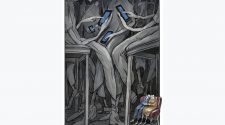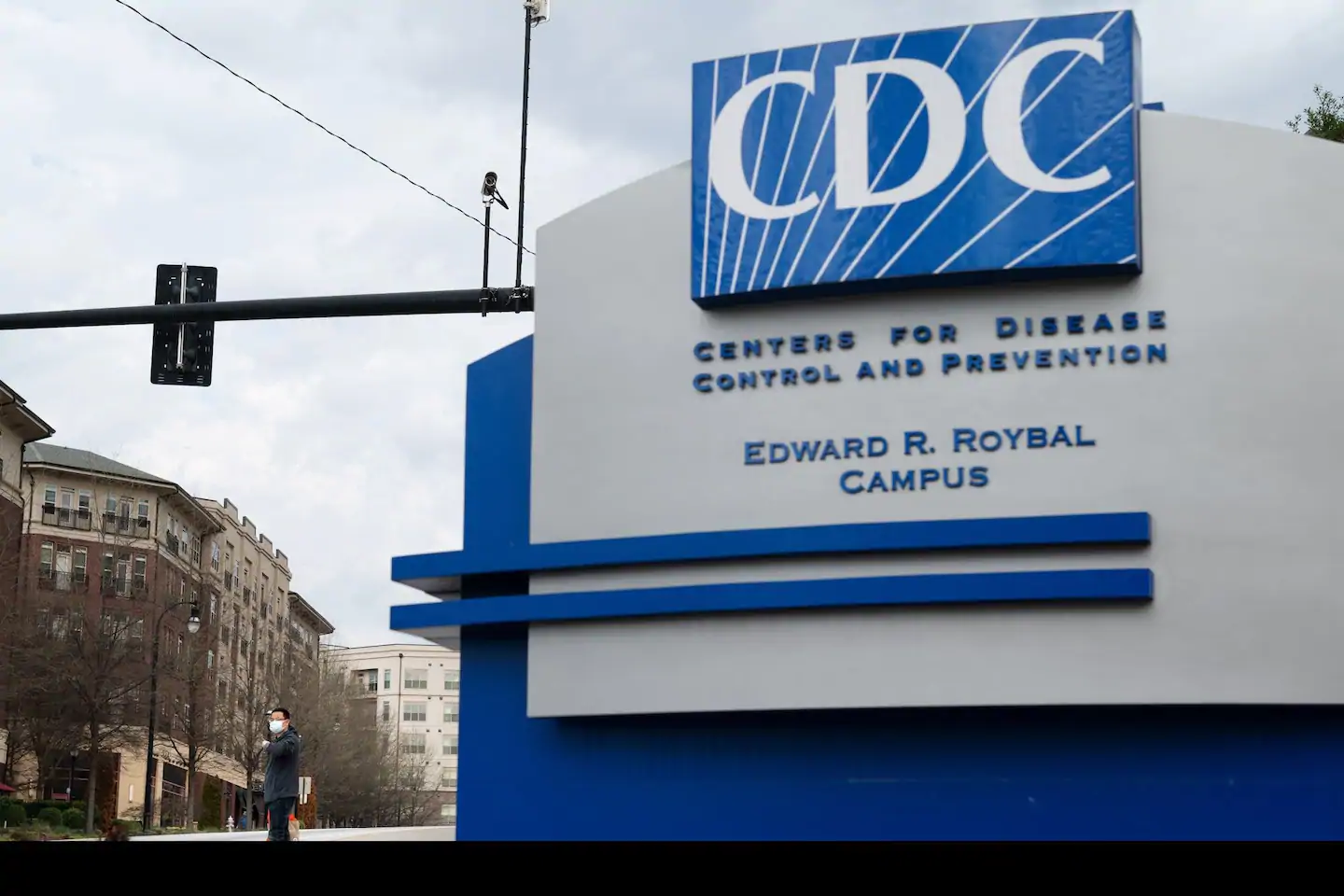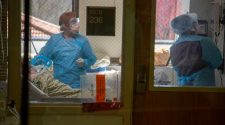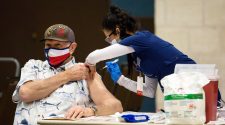The CDC had previously defined a “close contact” as someone who spent at least 15 consecutive minutes within six feet of a confirmed coronavirus case. The updated guidance, which health departments rely on to conduct contact tracing, now defines a close contact as someone who was within six feet of an infected individual for a total of 15 minutes or more over a 24-hour period, according to a CDC statement Wednesday.
The update comes as the United States is “unfortunately seeing a distressing trend, with cases increasing in nearly 75 percent of the country,” Jay Butler, the CDC’s deputy director for infectious diseases, said Wednesday at CDC headquarters in Atlanta, in the first news conference administration officials permitted in more than eight weeks. People may be tired of the advice, Butler said, but mask-wearing is more important than ever this fall and winter as Americans head indoors, where transmission risks are greater.
The guidance about transmission of the coronavirus, which causes covid-19, had been discussed by CDC scientists for several weeks, according to a CDC official who spoke on the condition of anonymity to share policy discussions. Then came unsettling new evidence in a report published Wednesday. CDC and Vermont health officials discovered the virus was contracted by a 20-year-old prison employee who in an eight-hour shift had 22 interactions — for a total of over 17 minutes — with individuals who later tested positive for the virus.
“Available data suggests that at least one of the asymptomatic [infectious detainees] transmitted” the virus during these brief encounters, the report said.
“This article adds to the scientific knowledge of the risk to contacts of those with covid-19 and highlights again the importance of wearing face masks to prevent transmission,” the CDC said.
As many as half of all people who have the virus don’t show symptoms, “so it’s critical to wear a mask because you could be carrying the virus and not know it,” the CDC said. “While a mask provides some limited protection to the wearer, each additional person who wears a mask increases the individual protection for everyone. When more people wear masks, more people are protected.”
Caitlin Rivers, an epidemiologist at the Johns Hopkins Center for Health Security, called the updated guidance an important change.
“It’s easy to accumulate 15 minutes in small increments when you spend all day together — a few minutes at the water cooler, a few minutes in the elevator, and so on,” Rivers said. “I expect this will result in many more people being identified as close contacts.”
She added: “This change underscores the importance of vigilant social distancing — even multiple brief interactions can pose a risk.”
At the same time, Rivers said, it’s not clear whether the multiple brief encounters were the only explanation for how the prison employee became infected. Other potential pathways might have been airborne or surface transmission of the virus. She also noted that the new guidance “will be difficult for contact tracing programs to implement, and schools and businesses will have a difficult time operating under this guidance.”
Tom Frieden, who was CDC director during the Obama administration, called the guidance “a sensible change.” But he also said that “whether someone is a contact depends on the exposure, environment and infectivity of the source patient.”
Both presidential campaigns have relied on the CDC’s previous definitions of “close contact” to determine when candidates and staff members need to be quarantined. A spokesman for Vice President Pence, who was in a room with Trump two days before his positive diagnosis, said the vice president did not meet the new definition of “close contact” either.
In the last week, both Democratic presidential nominee Joe Biden and Sen. Kamala D. Harris have been near charter airline workers who have tested positive for the virus. Harris also had a staff member test positive. Biden campaign manager Jen O’Malley Dillon said previously that none of those interactions qualified as “close contacts” under the old guidelines.
At the Vermont prison, the correctional worker had multiple brief encounters on July 28 with six prisoners while their coronavirus test results were pending. The next day, all six individuals tested positive. The Vermont health and correction authorities conducted a contact tracing investigation and determined the officer did not meet the definition of a close contact, and he continued to work.
But a week later, the employee had symptoms of covid-19, including loss of smell and taste, runny nose, cough, shortness of breath, and loss of appetite. He got tested the next day and on Aug. 11 found out he was positive.
Vermont authorities reviewed July 28 video surveillance footage and determined the employee never spent 15 consecutive minutes within six feet of any of the infected individuals. But the employee did have “numerous brief (approximately one-minute) encounters that cumulatively exceeded 15 minutes.” During his eight-hour shift, he was within six feet of an infected person an estimated 22 times, for a total of about 17 minutes of exposure, according to the CDC report.
The officer wore a cloth mask, gown and eye protection during all of the interactions. The infected individuals wore masks during most interactions with him. However, they were not masked during several that took place in a cell doorway and a prison recreation room, the report said.
The officer reported no other known close contact exposures to individuals with the coronavirus outside work, and did not travel outside Vermont during the 14 days before he got sick, the report said. Investigators said “his most likely exposures occurred in the correctional facility” through the multiple brief encounters.
Michael Scherer contributed to this report.


















